That may seem funny as I have over 100,000 shots on my computer, 13,000+ on Flickr with 2,000,000+ hits. I have a lot of people fooled. I have always relied heavily on the auto settings of my various cameras.
Not only did I buy this lens fully knowing it was completely manual - it came with a 2X doubler. I had to take that off after the first day as a 1,000mm lens is way too much to start off with. I happen to be using a Nikon D70 but no matter the camera, it will only shoot with this lens in Manual mode.
Focus is a lot more challenging than you might expect. Especially as I've never had to do it before. But Aperture and Shutter Speed - wow - Mind blowing. Just the passing of a wispy cloud can blow the shot. I have the incredible luxury of instant feedback on the camera display. I can not begin to imagine the frustration of shooting in the early days of film. Not to mention only one chance at developing. There is a vast array of things I can do back at the computer to rescue a marginal shot.
Ok - this is the part where it gets cool. I set my camera up at Savannas Preserve State Park. That stand of trees below is the same one directly behind the camera in the first photo, The nuclear plant is miles away due east, and I could not see those houses with the naked eye. I actually knocked the camera and it took a minute or two to even find them again.
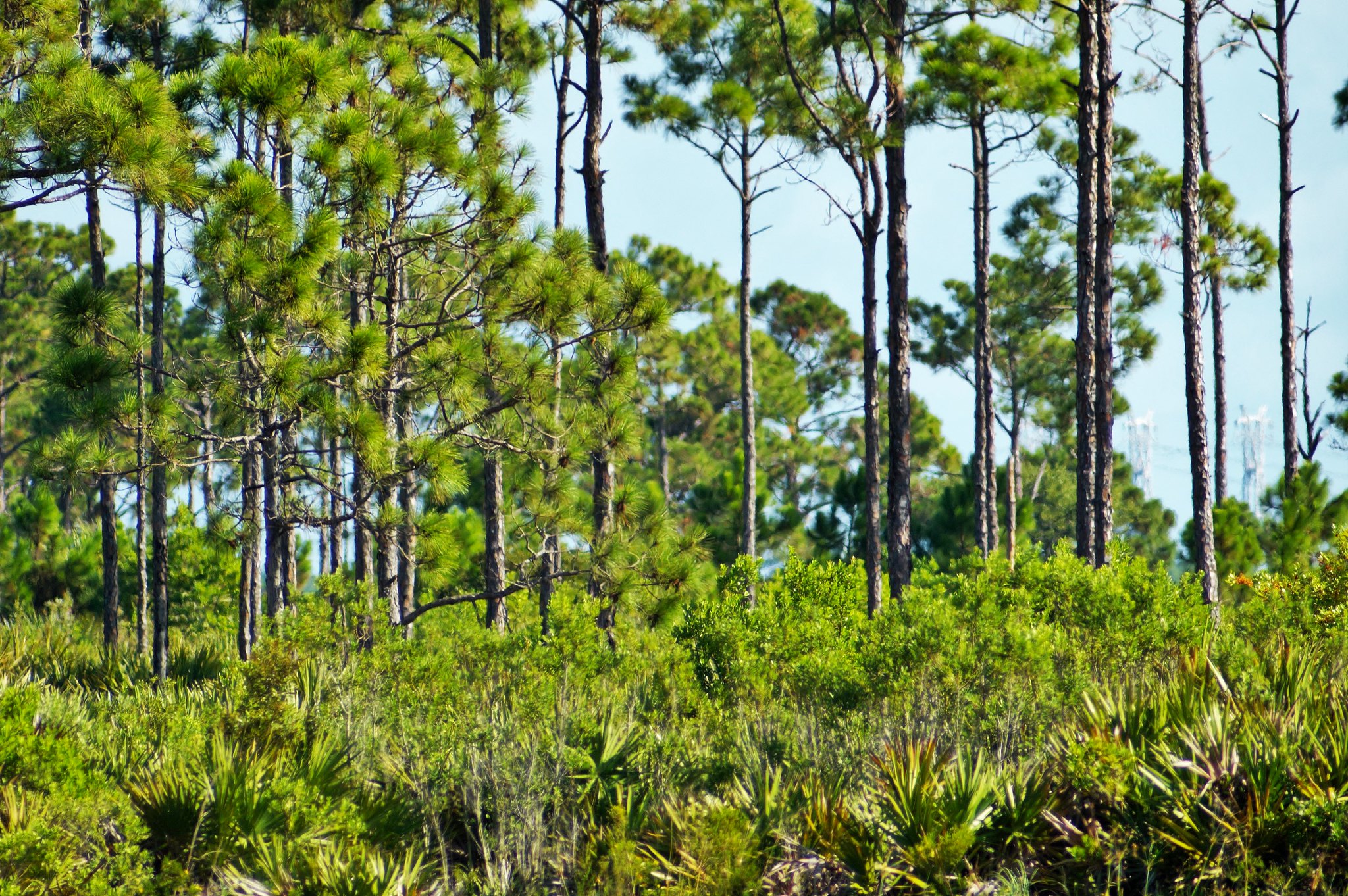
Setting up the shots was difficult. Getting the lighting right was the hardest part causing me to toss out many over and under exposed shots. My typical weekend of festival shooting usually runs into 5,000 photos - 10% of which I feel are good enough to post. I was thoroughly disappointed with the 15 photos I managed to salvage from my 4 hour day in the wilds of Port St Luce.
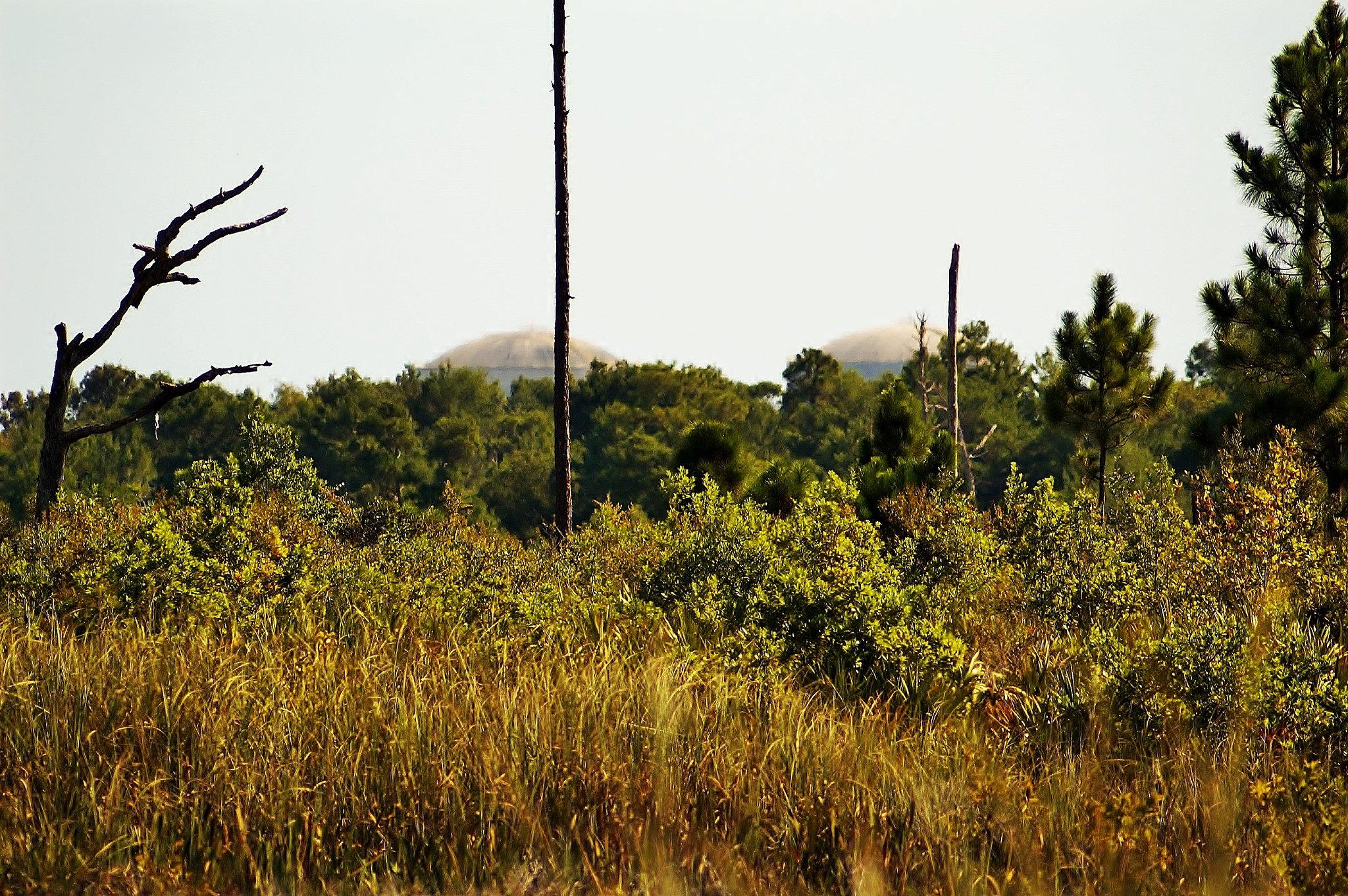
Then I did a little math. I only had taken 206 shots for the day. I was changing the F-stop and lighting with the camera locked in position so I could have posted a few more as they were acceptable and only slightly identical. Even though I took very few photos I was still maintaining a 10% acceptable quality rate.
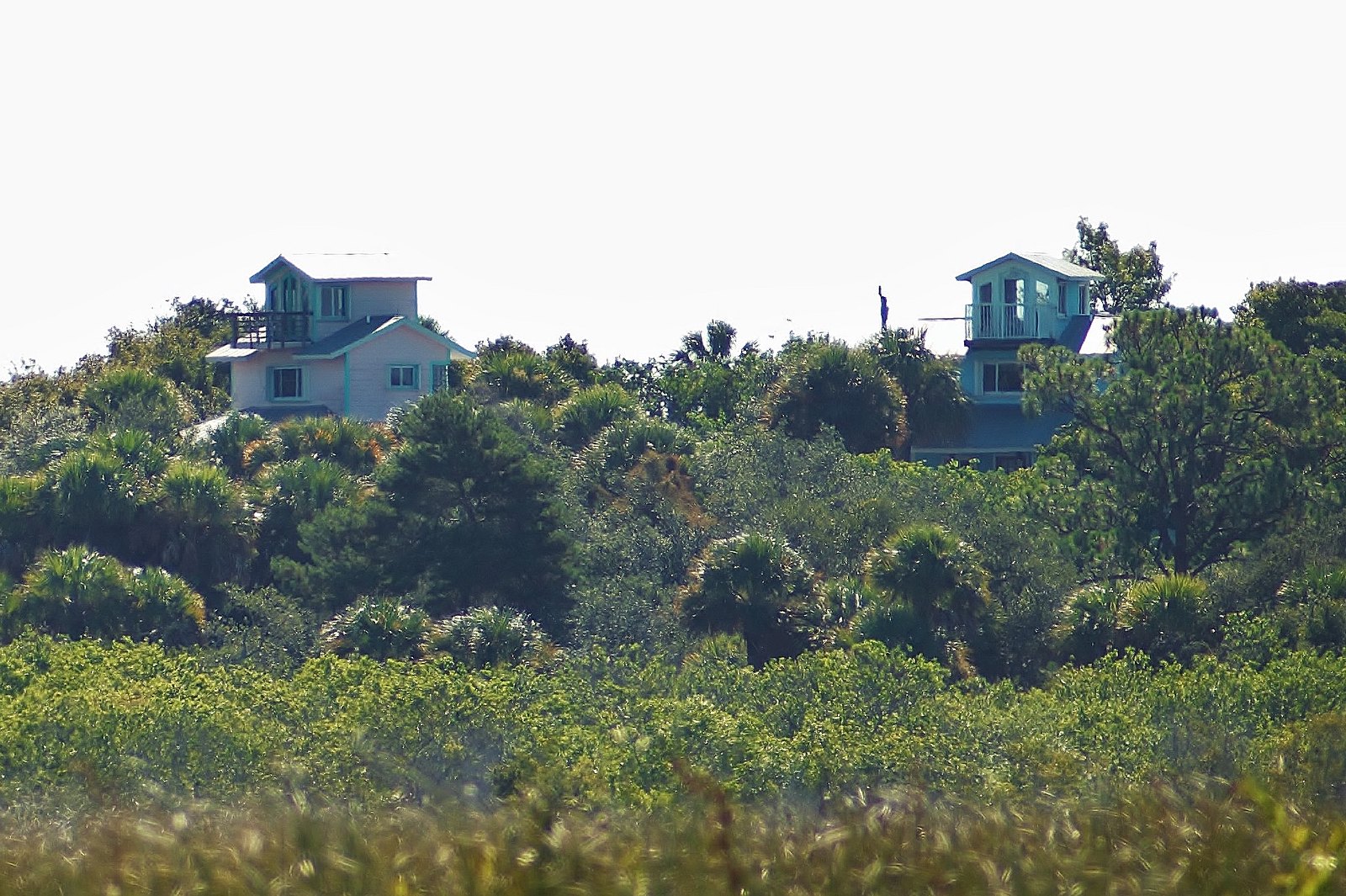
To operate this lens, first pick an F-stop - any where from 8 - 32. Then open the diaphragm ring so you can focus. Not so important at F8 but a necessity at F32. Locate a subject, focus the lens, lock the tripod, focus again to be sure. Close the diaphragm. Choose a shutter speed on the camera that will be appropriate to the effect you desire, set the camera to use the remote. Count to 3 to make sure all camera shake stops, click the remote, check the display, change shutter speed or any other setting, click again. Repeat, repeat, repeat.
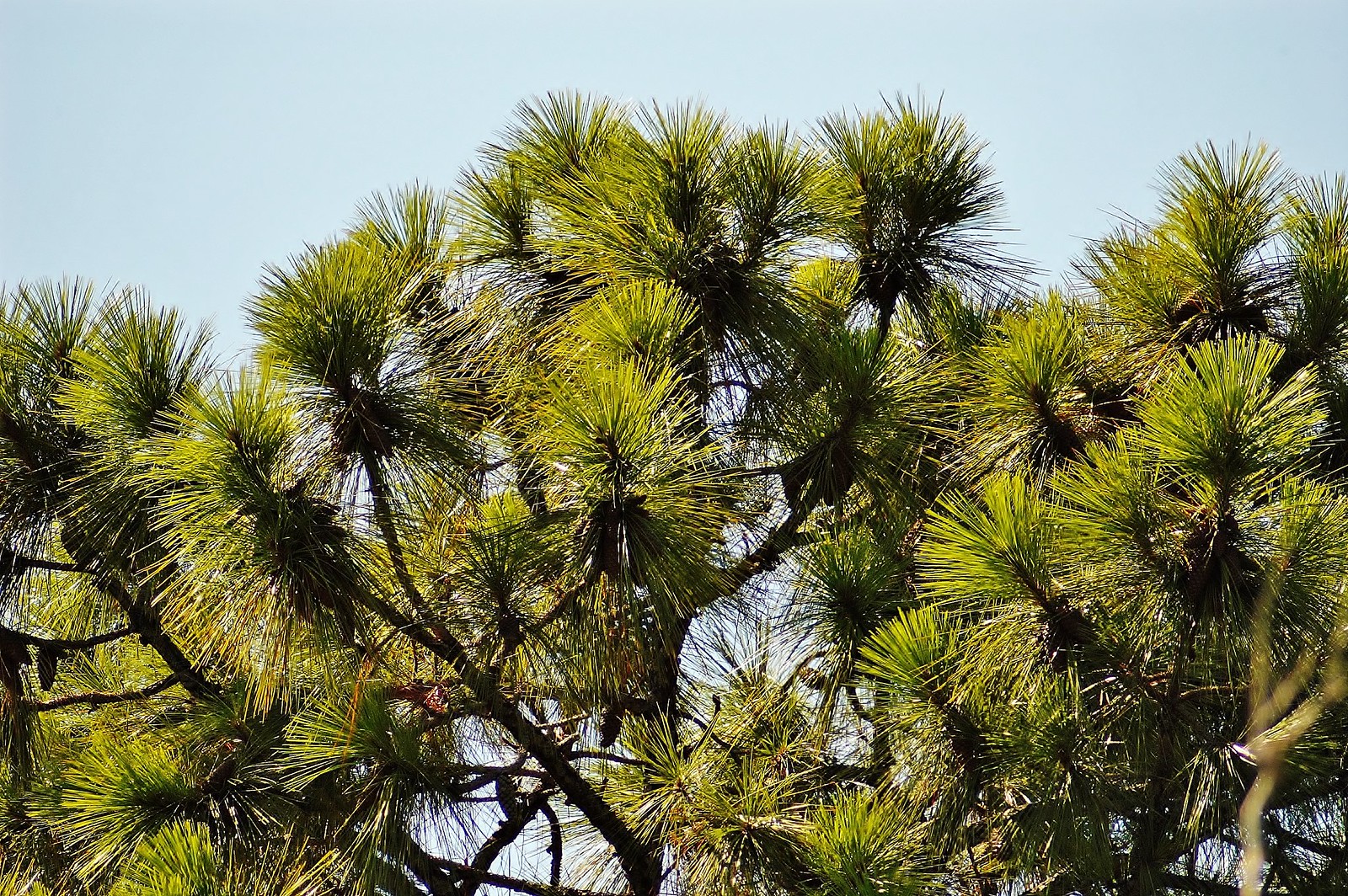
I did not walk away with many totally white or totally black photos once I got the hang of it. I did walk away with a deeper understanding of the mechanics in making a photo and how not one looked exactly as the actual scene looked to my eye. Since they are not perfect representations of what I saw, I shall call them art. I look forward to the day I present Fine Art on this blog.

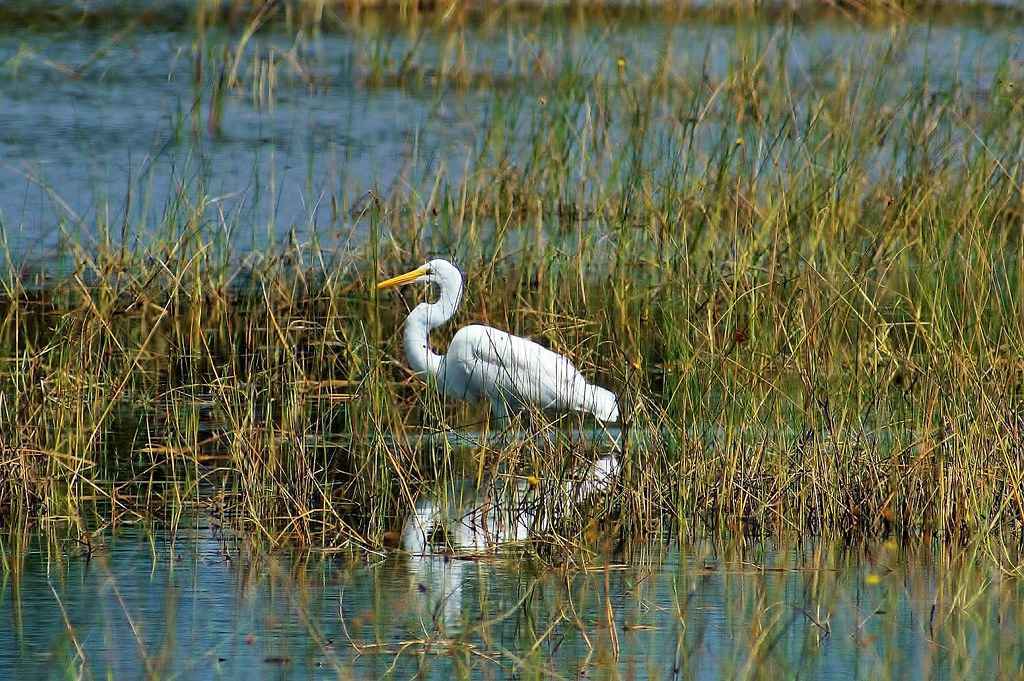
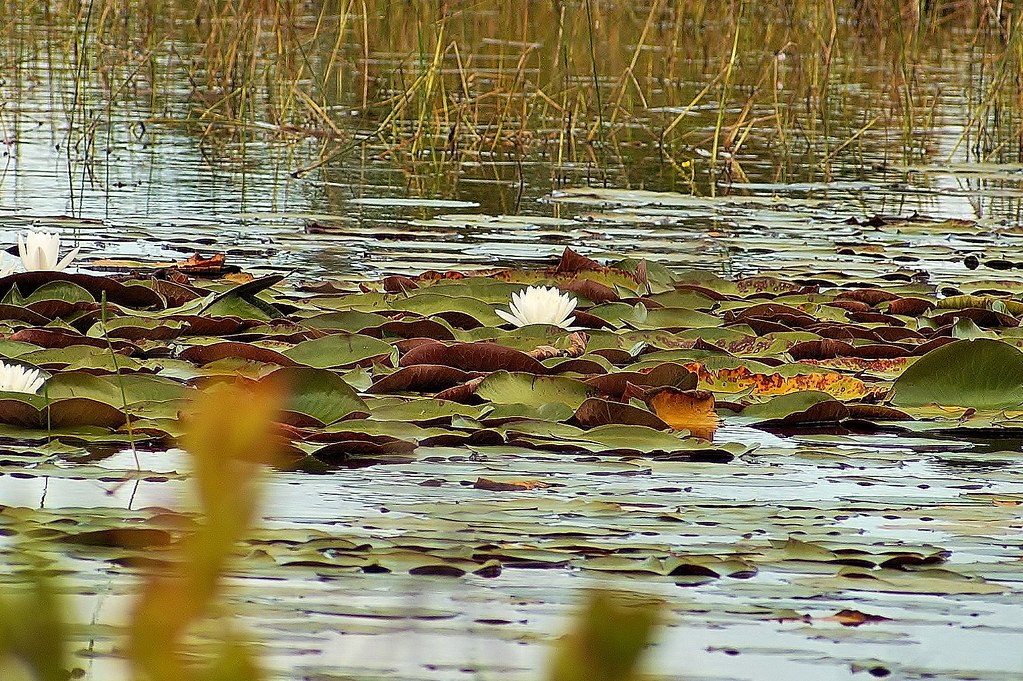
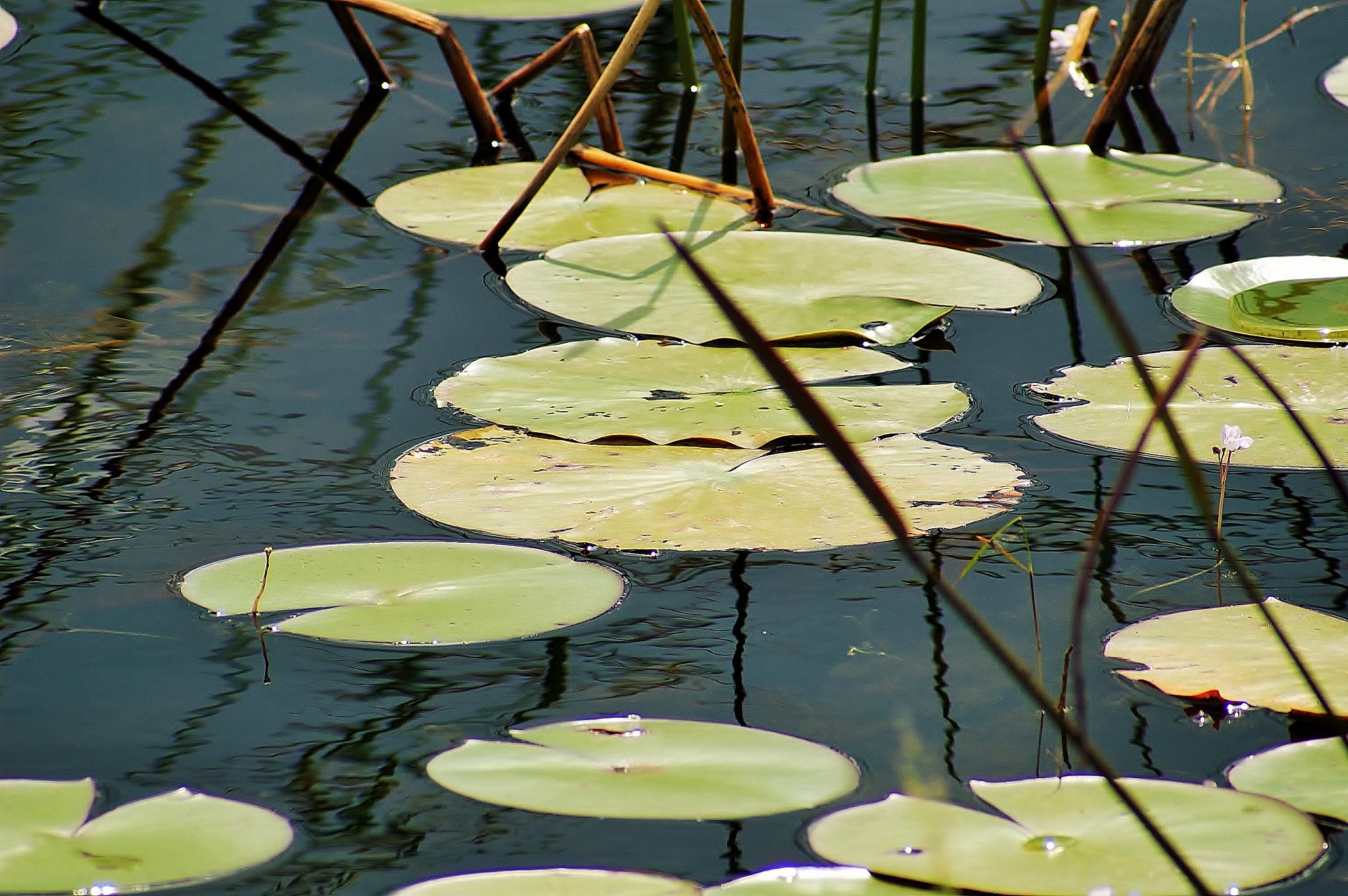


The 'simple life' with some complex lens adds a touch for sure.
ReplyDeleteIt was adding a significant level of frustration but life without challenge is pretty much watching TV on the couch.
Delete